NASA’s High Resolution Imaging Science Experiment (HiRISE) gets a closer look at impact ejecta on the surface of Mars.
Impact ejecta is material that is thrown up and out of the surface of a planet as a result of the impact of a meteorite, asteroid, or comet. The material that was originally beneath the surface of the planet then rains down onto the environs of the newly formed impact crater.
Some of this material is deposited close to the crater, folding over itself to form the crater rim, visible here as a yellowish ring. Other material is ejected faster and falls down further from the crater rim creating two types of ejecta: a “continuous ejecta blanket” and “discontinuous ejecta.” Both are shown in this image. The blocky area at the center of the image close to the yellowish crater rim is the “continuous” ejecta. The discontinuous ejecta is further from the crater rim, streaking away from the crater-like spokes on a bicycle.

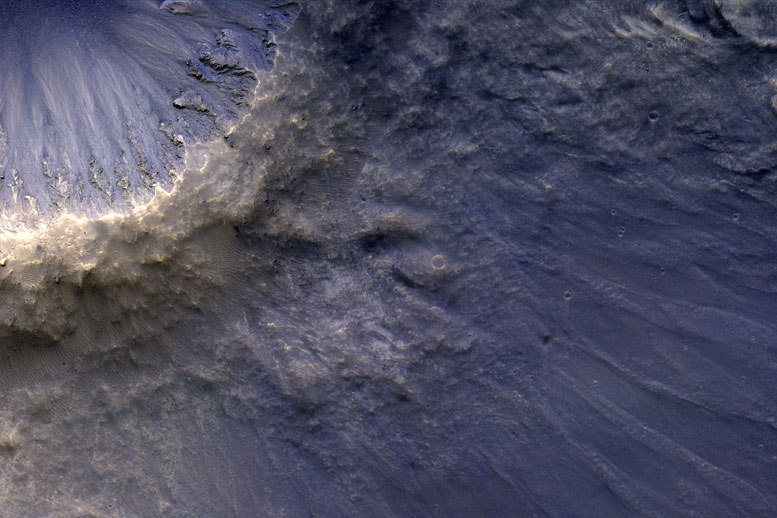
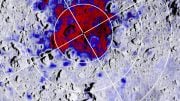
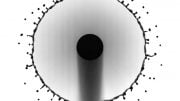
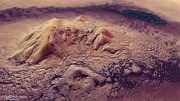
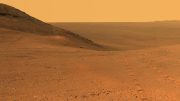
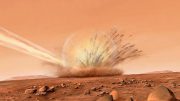

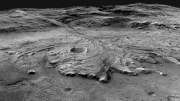
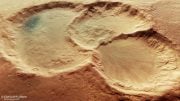
Be the first to comment on "HiRISE Views Impact Ejecta on the Surface of Mars"